In August of 1998, the average gasoline price in the U.S. was a shade over a dollar. According to the U.S. Energy Information Administration, by August of 2008, the price of a gallon had nearly quadrupled. In August of 2022, it’s no revelation to say that the price of gas is even greater than it was in 2008.
These numbers are brought up as a way of showing how the state of the economy isn’t as big of a factor as some would think when it comes to gasoline prices. Figure that in ’98 the U.S. economy was booming, but a trip to the gas station to fill up an empty tank was a $20 concept.
By August of 2008, the economy was in the midst of a major slide, but a gas station visit was several multiples of $20. For those with bigger cars, a fill-up sometimes had three-figure qualities. Those filling up today know well what drivers knew well in 2008. Supposedly the economy’s in a “recession,” but gas prices are at levels last seen from 2008-2012 when the U.S. economy was hardly booming.
To some who should know better, the answer is simple: drill more. That’s what President Biden asked the Saudis to do during his recent visit there, but it’s also what Republicans demand with great frequency: “Drill, Baby Drill,” they say. Democrats and Republicans reveal an impressive lack of sophistication. Think about it.
Assuming nosebleed prices for oil, who around the world with access to crude would need encouragement to drill? To sit on oil that could fetch $88 and above in global markets would be foolhardy. Except that it’s not that simple.
Oil is volatile. Think back to 2020. With the global economy on lockdown, a barrel briefly had a negative price. Whether it’s the Saudis, Russians, Iranians, or Americans, it’s not as simple as drilling. The latter brings with it great costs, but with oil’s price anything but a sure thing, the cost of extraction could put the extractors under water down the line.
Which brings us to the dollar. In his brilliant 1992 book The Seven Fat Years, the late Robert Bartley made sure to put the “oil shocks” of the 1970s in quotes simply because they weren’t oil shocks. As the late editor of the Wall Street Journal’s editorial page made plain, commodities are priced in dollars, and in the 1970s the dollar was in freefall. Commodities across the board were soaring as the dollar was sinking. Oil hadn’t become expensive as much as the dollar had become cheap.
In the 1980s and 1990s, a Republican in Ronald Reagan and a Democrat in Bill Clinton pursued policies of dollar strength. Put rather simply because it’s simple, U.S. presidents get the dollar they want. With a stronger, more stable dollar a priority as a way of putting the weak dollar, expensive oil 1970s in the rear-view mirror, the cost of oil and its by-products fell substantially. In the Reagan ‘80s oil fell as low as $8 barrel, and in the Clinton ‘90s a barrel frequently fetched $10. To be clear, oil wasn’t cheap in the concluding decades of the 20th century due to “overproduction” (as Frackers author Gregory Zuckerman pointed out in his book, U.S. extraction was near non-existent), rather it was cheap because the currency in which it was measured was strong.
All of this changed in the 2000s. That it changed most certainly indicts analysts like former President George W. Bush guru Karl Rove eager to hang the “inflation” noose around Joe Biden. Can Rove really be this self-unaware? Can Republican-leaning economists really be so self-unaware? Really, where were they during the Bush years when the dollar was collapsing against gold, oil, and every foreign currency of note? This was dollar devaluation of the ‘70s variety, yet it was hard to find commentary back then addressing the inflation. Rather than acknowledge it, Bush partisans seemingly clung to artificial measures of inflation like CPI that can be configured to achieve any result one wants. The main thing is that the dollar was in decline. The decline was the inflation.
Dollar weakness continued during Barack Obama’s presidency, only to start to reverse during his second term that included what one would expect: a big decline in the price of oil. Then Donald Trump ran for President against Hillary Clinton, and both competed to see who could be most protectionist; the latter a signal of future dollar weakness. In reality, inflation is a barrier to economic growth because it’s a tax on investment. No doubt the U.S. economy did well under President Trump, but it would have performed quite a bit better with a stronger, more stable dollar.
By the end of Trump’s presidency the dollar price of gold was $1,848. Twenty years before it was $272. Looking for your explanation for still expensive gasoline? Combine a still weak dollar with the uncertainty of gasoline prices based on a dollar that has no anchor, and you have your answer.
Some will say “fracking” is the smack-on-the-forehead obvious response to the above answers, but such a view is unsophisticated. While it’s a remarkable extraction advance, the reason “frackers” aren’t extracting in droves isn’t because of President Biden as much as investors must get returns on capital. Fracking is only economic insofar as the dollar is cheap, which means fracking only makes economic sense so long as the price of oil is abnormally high. In other words, if we’re drilling in the U.S. it’s because prices are high. If they were lower, drilling stateside would be rare. This is the paradox that is lost on both sides.
It’s all a reminder that the only credible answer to nosebleed gasoline prices is a stronger, more stable dollar of the kind that was the norm in the Reagan ‘80s and Clinton ‘90s. Everyone craves bipartisanship, so here it is. Here’s the chance to do something that would actually work, and something that would enhance what every American could get in return for their work.
For twenty years Americans have endured a weak dollar. Isn’t it time to end an experiment that logically harms every one of us, and that is the source of $100 trips to the gas station? The easy answer is yes.
John Tamny is editor of RealClearMarkets, Vice President at FreedomWorks, a senior fellow at the Market Institute, and a senior economic adviser to Applied Finance Advisors (www.appliedfinance.com). His most recent book is When Politicians Panicked: The New Coronavirus, Expert Opinion, and a Tragic Lapse of Reason. This piece originally ran at RealClearMarkets.

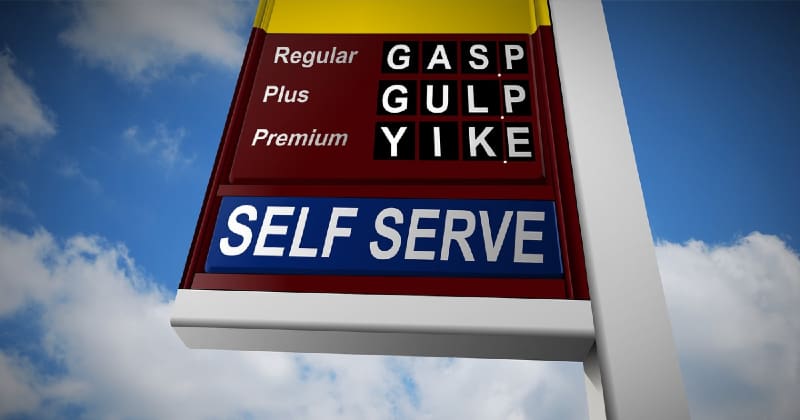

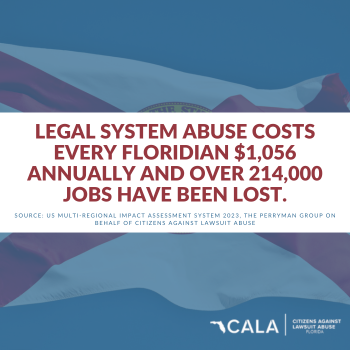






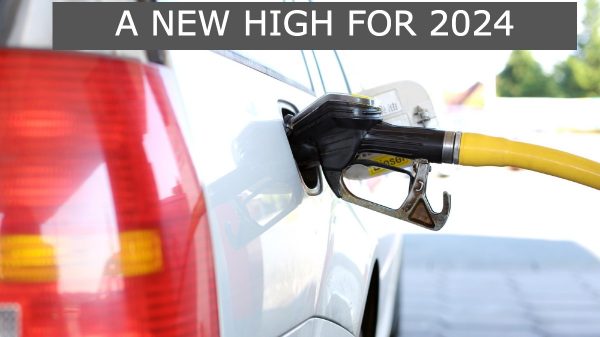

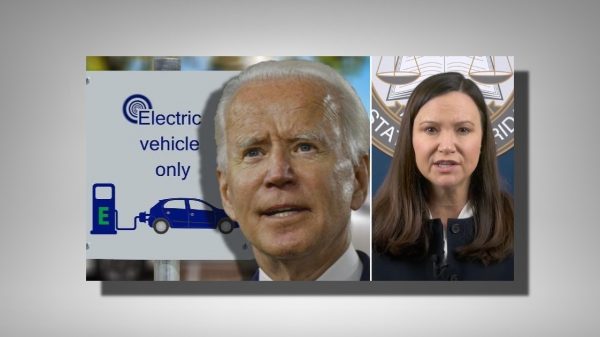

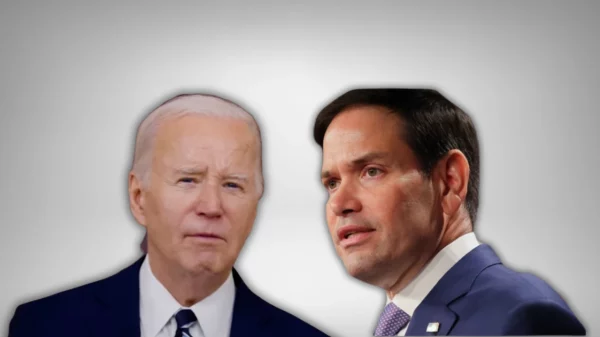


Pingback: John Tamny Opinion Column: How Lengthy Should Individuals Endure Nosebleed Gasoline Costs? - Maiden News